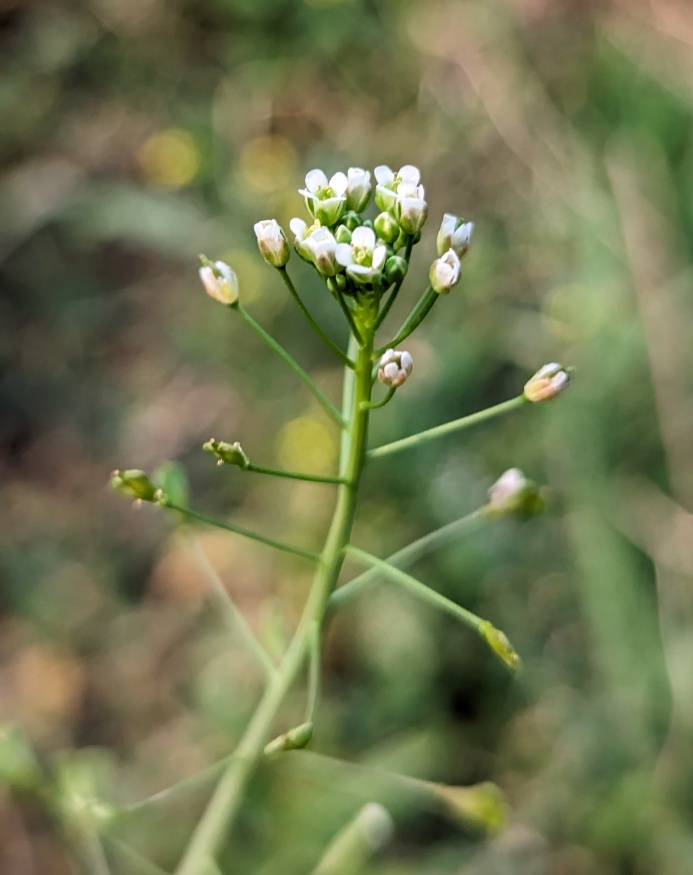Growing and Using Medicinal Shepherd's Purse
Shepherd's purse Is a very common winter annual of the mustard family, native to temperate Asia and eastern Europe. Thought of as a common weed, it was introduced and now naturalized in Canada, United States, and other parts of the world.
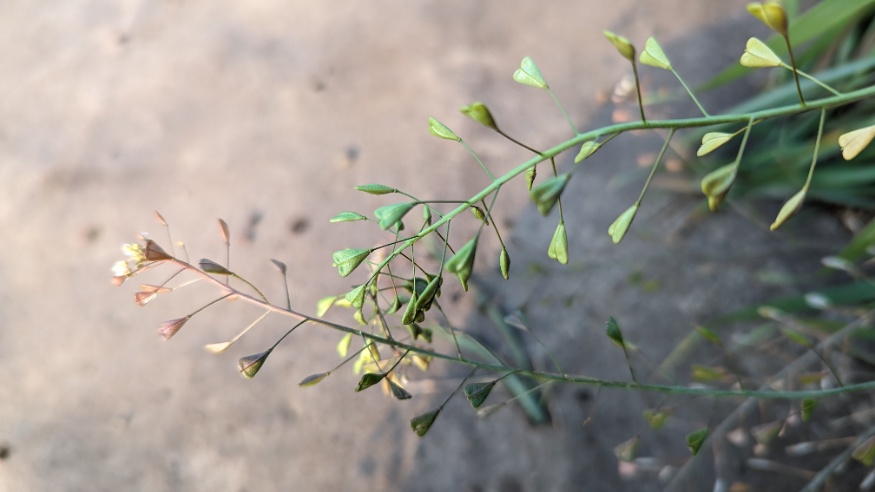
Its appearance is of many plants in one. At the base is a floret of deeply lobed leaves slightly resembling that of dandelion or chicory. The stem shoots up from the base, where spearhead-shaped leaves alternate up and clasp the stem. Purse-like pods then space themselves out going towards the top where small white flowers appear. The flowers are a four petal cross like those of its family members (Brassica) and they can bloom all year round.
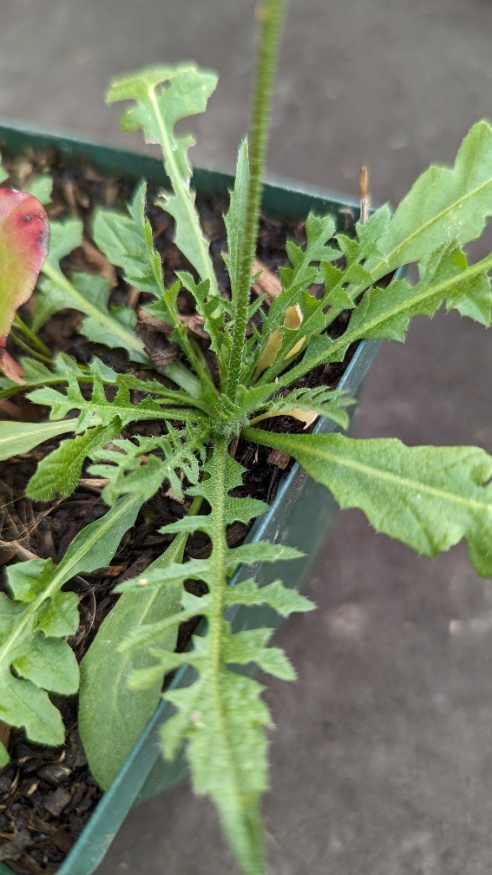
The name shepherd's purse is derived from the heart shaped seed pods. They resemble sacks shepherds used to use to carry their supplies. Within these pods are minute seeds and a single plant can carry from 500 to 90,000 of them!
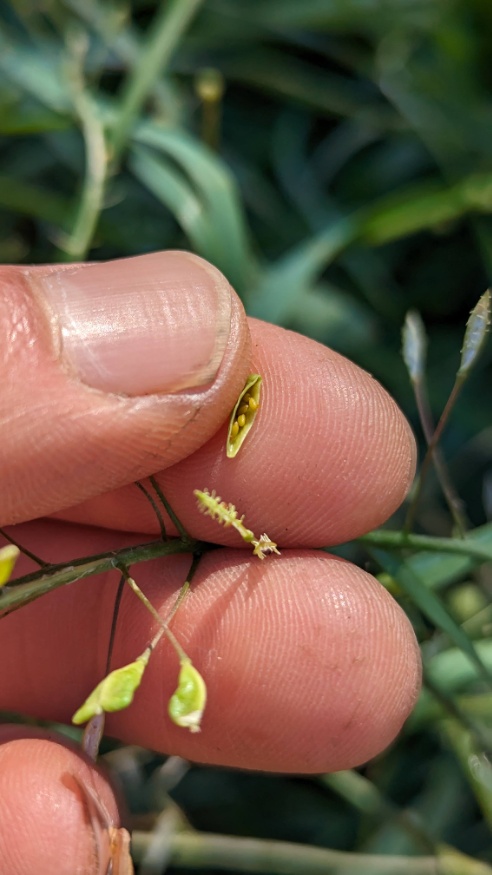
Harvesting
The plant can be found in the disturbed soils of roadsides, garden beds, and open meadows. All parts of the plant can be used for food and medicinally including the shoots, leaves, flowers, seeds, and roots. It can be harvested all season long (all year round in warmer areas), but is best done in early spring when leaves are more tender. Use it fresh or soon after drying whether eating, tincturing, making a poultice, an infusion, etc. as the dried herb loses its effectiveness in about six months.
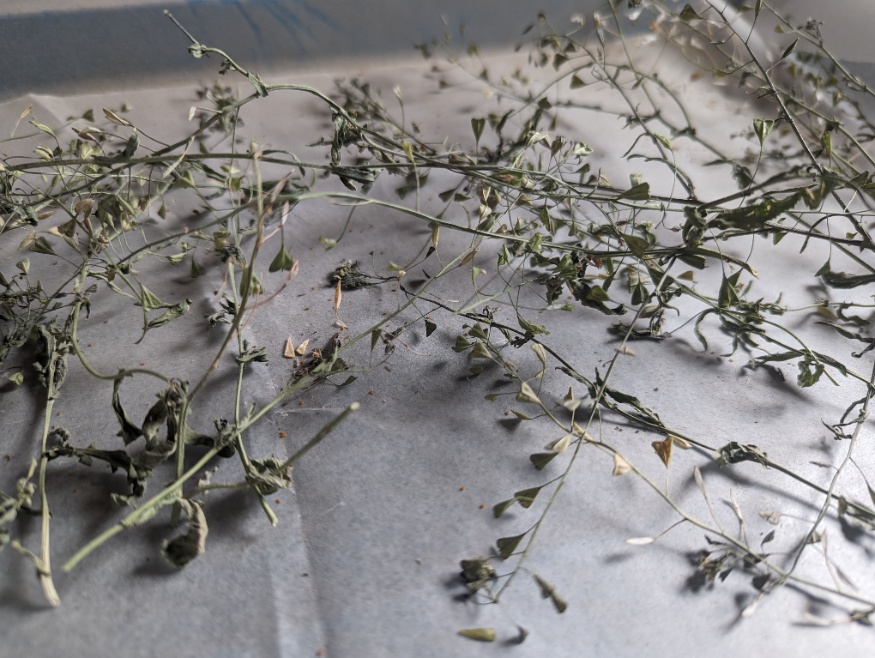
Food Uses
Tender leaves and young shoots can be eaten raw, Later they become tough but can still be used to flavor broth. All plant parts have a peppery flavor, and the seeds and seed pods can even work as a pepper substitute. This explains the less common name for the plant as "poor man's pepper". In China, Korea, and Japan, shepherd's purse is used to season meats, rice, soups, and as an ingredient in dumpling filling. The plant is quite nutritious, high in omega3 as well as vitamins K, A, rutin, iron, niacin, thiamine, fumaric acid, inositol, and choline. It's also good for vitamin C, calcium, potassium, magnesium, and B2.
Hemorrhaging
Perhaps most notable and powerful medicinal use for shepherd's purse is to stop external or internal bleeding. Due to its extremely high vitamin K content it effectively treats wounds, and works to stop nosebleeds and heavy menstrual bleeding. It does this by improving the body's ability to clot blood.
@naturewithus_ Music: Alive Musician: @iksonmusic Medicinal Shepherd's Purse to clot the blood in postpartum hemorrhaging, and stop bleeding wounds. #naturalmedicine #foraging #postpartumrecovery original sound - naturewithus_
Shepherd's purse if often thought of as a "woman's herb", assisting in the many struggles that come with owning a set of female reproductive organs! prolonged menstruation, causing over bleeding is a struggle for many, and shepherd's purse is a tried and tested aid for reducing to stopping over bleeding. It's also well known for use after child birth. During times of excessive postpartum hemorrhaging, this herb can be very helpful in contracting the uterus and helping with natural healing.
Astringent properties contract skin cells and other body tissues, helping to close cuts; its anti microbial effect can also aid in disinfection. It's no surprise, German soldiers in WWI used shepherd's purse to dress their wounds. Use this herb externally as a poultice, or internally as a tea or tincture. Yarrow is used in the same way as shepherd's purse except it does so by constricting the blood vessels rather than clotting the blood. Yarrow and shepherd's purse can be used together for this purpose and combined are a good formula to control bleeding.
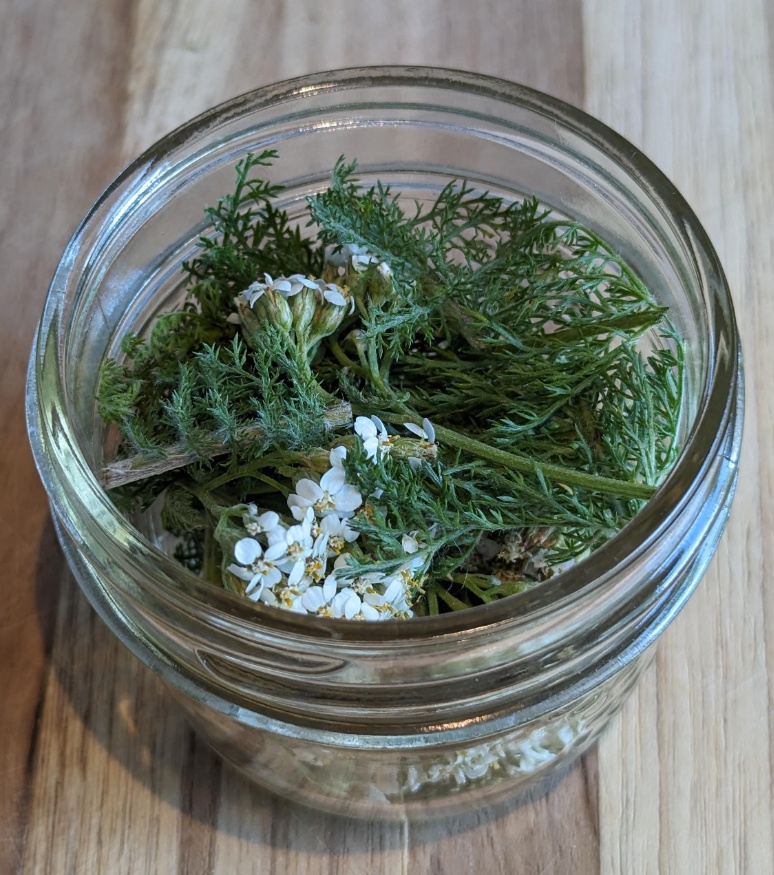
Other Uses For Shepherd's Purse
Besides it's reputation as a blood clotter and woman's aid, shepherd's purse has quite a few other medicinal applications. This includes stopping inflammation externally and within the body; useful for the many and diverse side effects of inflammation like allergic reactions, arthritis, pain, swelling, and digestive upset. It's a mild diuretic, helping with urination, to flush and clean out the liver and bladder. It's also been said help to reduce bed wetting. Shepherds purse has been used to treat various stomach and digestive problems by stimulating digestion, improving appetite, and dealing with Indigestion and cramping. It helps in enzyme production to aid digestion, and its astringent properties can help with diarrhea.
Precautions
It is not advised to use shepherds purse during pregnancy and labour. It can potentially cause unwanted clotting of blood, contractions, or menstruation, resulting in potential miscarriage. Instead, it's best used after bleeding issues postpartum, after all labor is over. Avoid also if on blood thinners or if you have high blood pressure.
Growing Shepherd's Purse From Seed
Shepherd's purse is very easy to grow without much effort and seed viability is exceptional (up to 35 years in the ground). It's currently grown commercially in China and can be found in some Asian supermarkets. As a cool weather crop, seeds can be sown in early fall or spring in full sun to part shade. Sow in disturbed soil and with light exposure so just sprinkle the seeds on the surface. Keep the soil moist while propagating as shepherd's purse prefers it, but once established it's drought resistant.
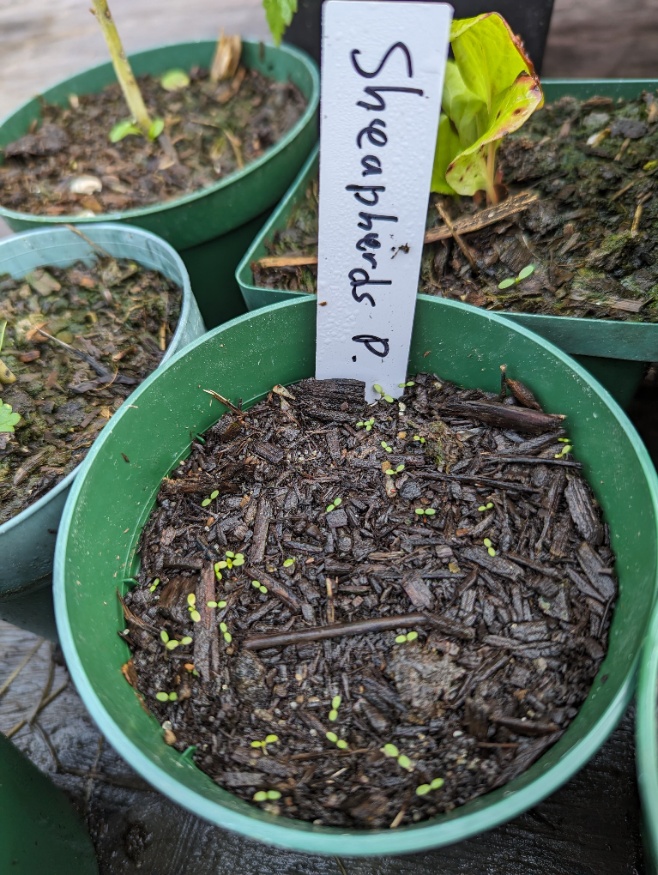
The recursive flowering of shepherd's purse attracts pollinators and in this way will also help support your fruit and vegetable garden. It's a vigorous grower and plants can produce multiple seed crops, only a small patch can quickly offer its self to forage and medicine all throughout the season!
